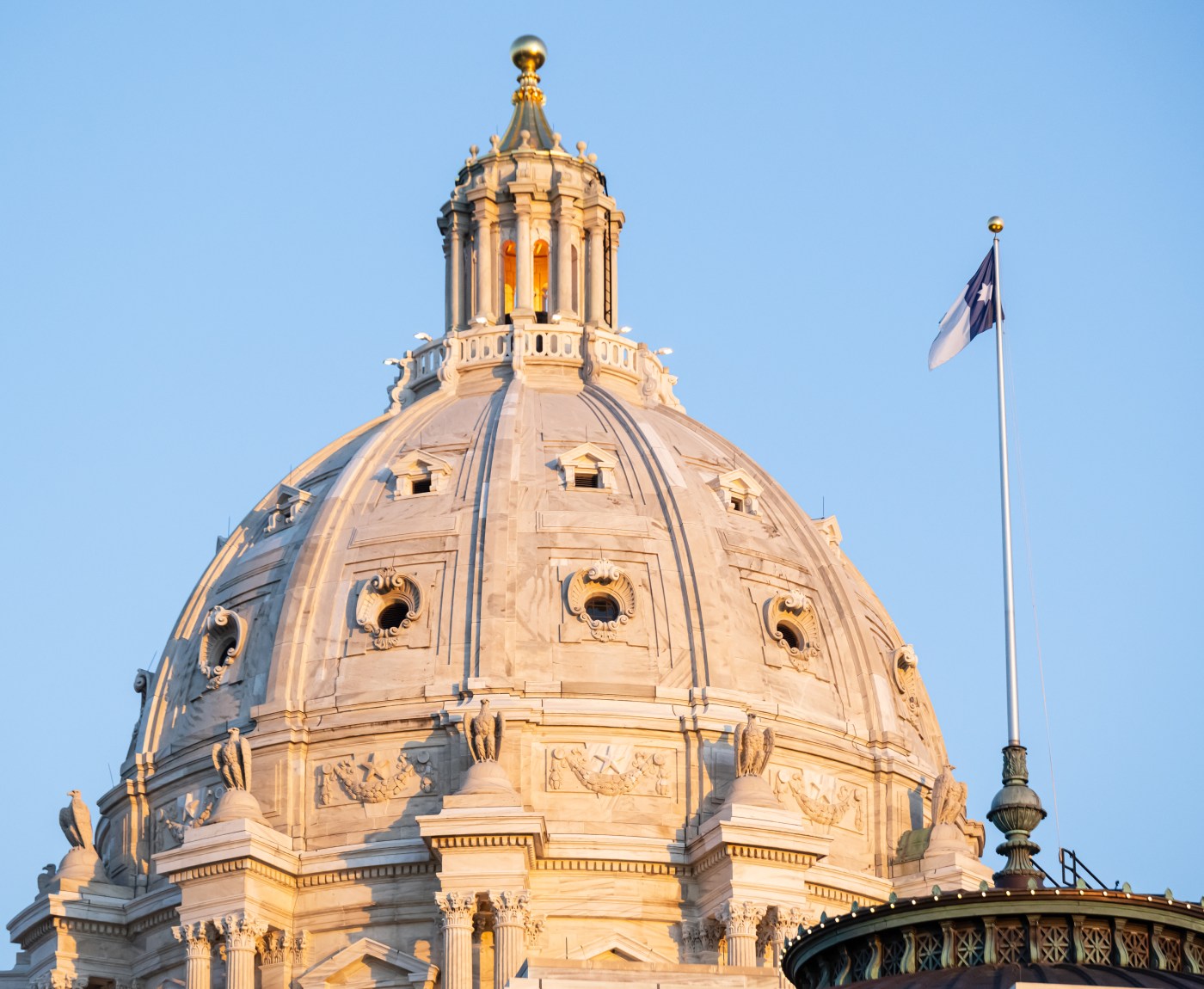
Minnesota paid leave would need 25% higher tax rate under changes set for House vote
A state paid family and medical leave program created by the Minnesota Legislature last year is expected to cost more than originally expected under a bill scheduled for a vote Wednesday in the House.
Changes — such as retroactive payments for people making medical claims and immediate payment for new mothers — would grow first-year program costs, and require the state to collect more than $1.6 billion annually when the program starts in 2026 — about $312 million more than before. That change would grow slightly in 2027.
The expected payroll tax attached to the program has already grown past the original expected 0.7%, according to a state report last year, and with new changes proposed by Democratic-Farmer-Labor lawmakers, it will have to grow to 0.88%. The tax would be split by the employee and employer.
That’s according to an analysis from the state Department of Employment and Economic Development, which commissioned studies on the estimated premiums for the program in the past and will be tasked with running it. An actuarial study found the 0.88% rate the safest bet to fund the first year of the program.
House lawmakers debate the bill
House lawmakers debated the bill Wednesday night and the Senate was expected to take up a similar measure on Friday.
Last year, DFL lawmakers created a program that offers 12 weeks of family leave and 12 weeks of medical leave with a 20-week annual cap. All businesses would be required to participate or offer equivalent benefits. Employees and employers would split the payroll tax.
House Republicans at a Monday hearing railed against the growing payroll tax and noted the higher price tag even with the Jan. 1, 2026 start date still 21 months away.
“As we’re looking at this we hear words like ‘highly successful’ — yeah, highly successful at taxing the snot out of Minnesotans,” said Rep. Pat Garofalo, R-Farmington. “This will put Minnesotans on track for higher taxes and diminished benefits.”
Before the program became law, critics including the National Federation of Independent Business had warned of costs growing well beyond initial limits.
That group and others, including the Minnesota Chamber of Commerce, opposed the creation of the program last legislative session, warning of the burden a “one-size-fits-all” approach to paid leave could place on small businesses.
’13th state to do this’
Advocates argued that low-wage workers often do not have access to the same benefits as higher-paid members of the workforce, and that about one-third of Minnesota workers — about 900,000 people — don’t have any paid time off.
“This is a program that will incentivize people to apply for jobs and help out for small businesses that can’t offer this benefit,” said Rep. Cedrick Frazier, the bill’s main author at Monday’s hearing. “It’s not new. The rest of the world has been doing this for a very long time. You know, we’re catching up. We are catching up and I’m proud we’re going to be the 13th state to do this.”
Initially, the program was set to be seeded by $668 million from 2023’s record $17.5 billion budget surplus. Ongoing funding comes from the payroll tax.
It was initially expected to create an additional $1.5 billion a year in taxes. Past estimates found workers would pay about $3 extra in taxes each week.
In its current form, businesses that do not offer paid leave through the Minnesota program can opt-out if they offer the same or better benefits. There is also a reduced premium for businesses with 30 or fewer employees.
Related Articles
MN Legislature: GOP won’t pass infrastructure bill if DFL moves on ERA, gun control, other measures
MN Secretary of State announces new location for candidate filings
Anderson, Lunneborg, Donaldson: State law needs a tweak this year so Lakeview Hospital project can proceed
Minnesota House delays vote on constitutional protections for abortion, LGBTQ rights
Minnesota expunges 58,000 low-level cannabis offenses from state records


